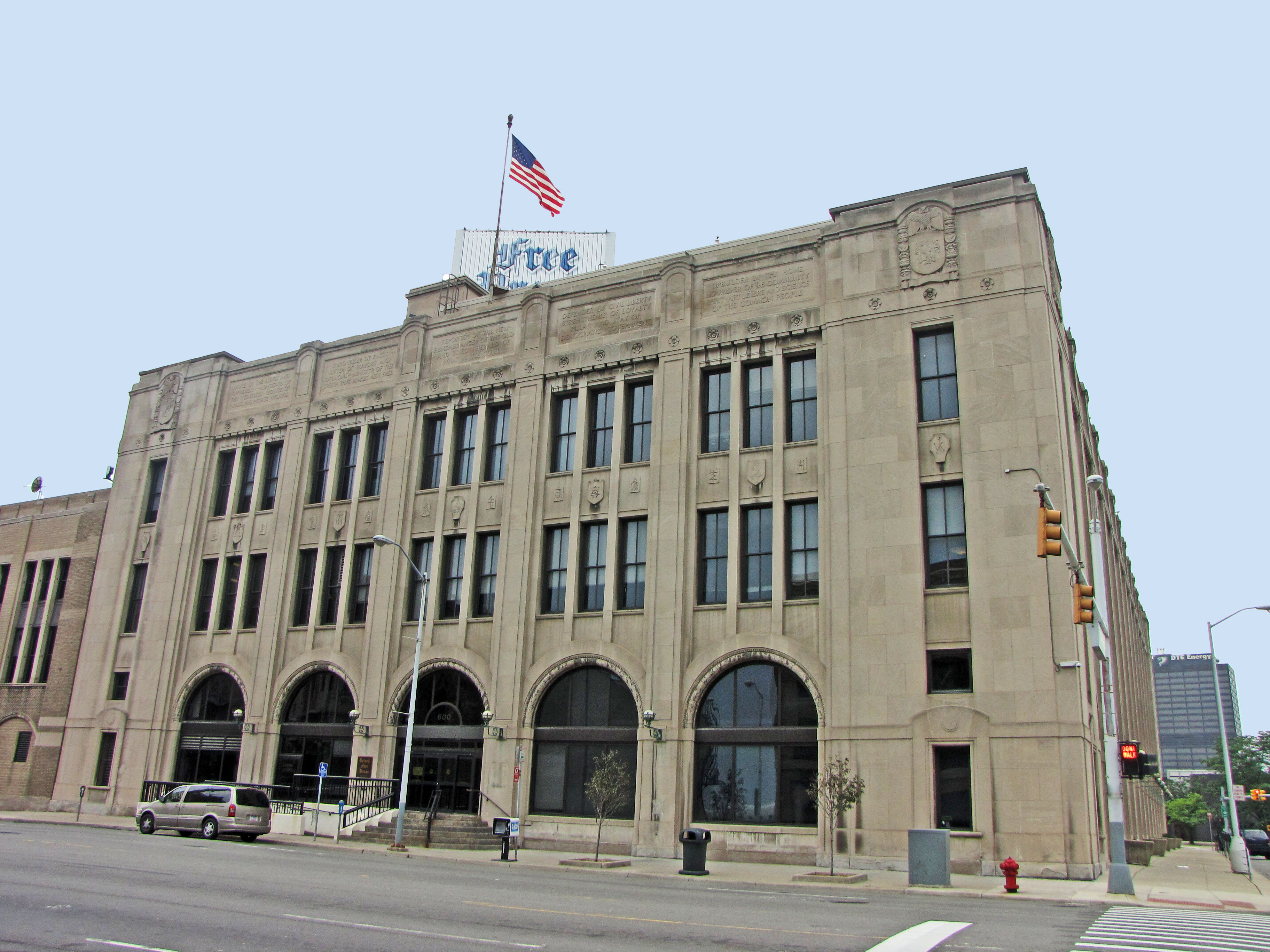

The Detroit News was founded by James E. Scripps in August, 1873. At that time Detroit was beginning its rapid growth as an industrial metropolis so it was a favorable location for a new newspaper. James Scripps was born in London in 1835 but his family migrated to Illinois when he was nine years old. In his early twenties, he went to Chicago and found employment at the Chicago Tribune. Later he moved to Detroit and took a job with the Detroit Tribune. Later he became part-owner of the Detroit Daily Advertiser. Their building was consumed by fire in 1873 but Scripps had insured it. He used his insurance settlement of $20,000 to establish the Evening News; the paper that became the Detroit News. In that era, almost all of the papers were published for morning readers but the Evening News published as an afternoon newspaper capturing that market in Detroit. Scripps also stressed that his newspaper should be interesting to the ordinary readers and thus his reporters should write in the manner in which the readers spoke. The newspaper quickly became a financial success, although much of the credit for that is due to the efforts of James Scripps son-in-law, George Booth, who managed the newspaper and later established a Booth chain of newspapers throughout Michigan. Scripps became a very prosperous man through this newspaper. Scripps built the Trinity Episcopal Church, located on Trumbull at Grand River, as a personal chapel and contributed generously to the arts in Detroit. His sister and partner, Ellen Scripps, donated funds to establish the Scripps Institute for Oceanography in La Jolla, California and for Scripps College in Claremont, California. George Booth, who gained his wealth from the Detroit News and other publications founded the Cranbrook Educational Community.
Over the years the Detroit News acquired or merged with several competitors: the Detroit Tribune in 1919; the Detroit Journal in 1922 and the Detroit Times in 1960. Times Square station on the Detroit People Mover got its name from the location of the Detroit Times building which was home to an evening newspaper published from 1900 until November, 1960.
Detroit is a city with many statues. When the Detroit News erected this building they decided that statues should honor some of the key figures linked to their business. As a result, the building includes statues of:
Johannes Gutenberg (1395-1468) – the German blacksmith who is credited with inventing movable type thereby making modern printing possible
William Caxton (1415-1492) – an Englishman who is honored as the first printer in the British Isles
Christophe Plantin (1520-1589) – a Frenchman who was an influential Renaissance-era printer, publisher and essayist
Benjamin Franklin (1707-1790) – a newspaper editor and publisher who gained fame for his inventions and his role the American Revolution
As alternative sources of news and information became widely available, the newspaper industry went into sharp decline. After 1960, there were only two daily papers published in Detroit. In 1989, the Detroit Free Press and the Detroit News entered into a joint operating agreement to drastically cut costs. The newspapers have their own reporting and editorial staffs, but cooperate on many other matters. In June, 1998, the Detroit Free Press announced that they would leave their own large Albert Kahn-designed building and occupy space in the Detroit News building you see pictured here. In some sense, this completes a circle since, back in 1873, the Detroit News rented space in a Detroit Free Press building to launch their newspaper. In the summer of 2013; both newspapers announced that they would move their staffs out of the Detroit News building into a less expensive location. By bu2016, both newspapers had moved their offices to the building on Fort Street that had been the Detroit branch of the Chicago branch of Federal Reserve Bank.
Efforts to sell this building were eventually successful. After being vacant for about three years, it was home to the Detroit offices of the Molina Healthcare firm. This is a large California conglormerate selling health insurance and operating health clinics. The Delrey neighborhood of Detroit is named for the important battle of Molina Del Rey. However, this health firm is named for one of its founders. It is among Fortune's 500 largest American firms.
Architect: Albert Kahn
Date of Construction: 1917
Architectural style: Classical and Art Deco element
Use in 2017: Office building
Website for the Detroit News:
http://www.detroitnews.com/
Website for Molina Healthcare:http://www.molinahealthcare.com/members/mi/en-us/Pages/home.aspx
City of Detroit Designated Historic District: Not listed
State of Michigan Registry of Historic Sites: P25, 071 Listed February 2, 1975
State of Michigan Historic Marker: Put in place January 12, 1976
National Register of Historic Places:
Photograph: Ren Farley
Description updated: January, 2017